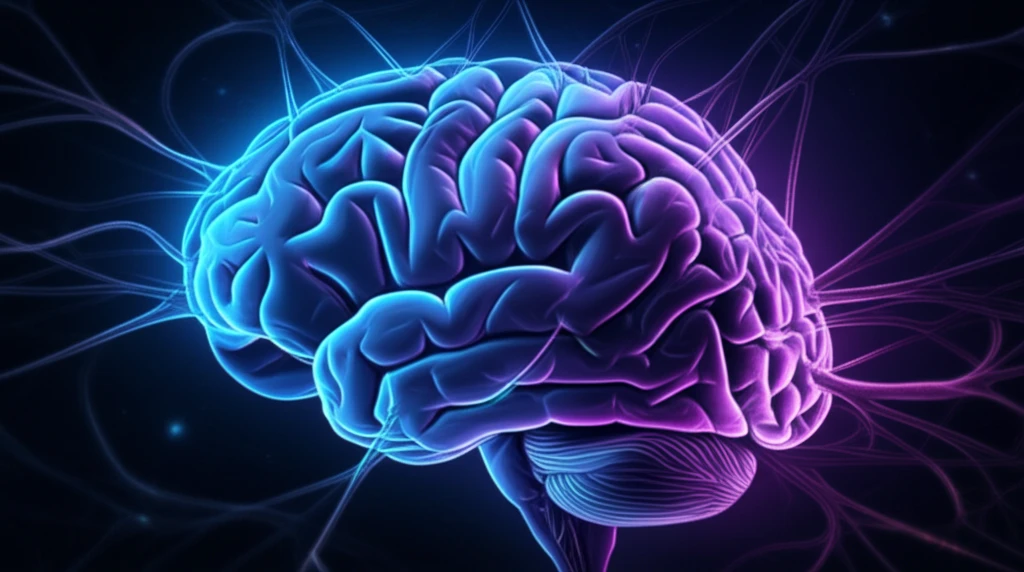
Sleepless Nights: Unraveling the Brain Network Behind Insomnia
"A new study reveals how insomnia disrupts the brain's communication pathways, offering hope for better treatments."
For millions, the quiet promise of sleep is broken by the relentless churn of insomnia. Primary insomnia (PI), characterized by difficulty falling or staying asleep, affects a significant portion of the adult population, casting a long shadow on health, productivity, and overall well-being. While the impact of insomnia is widely recognized, the intricate mechanisms within the brain that cause and perpetuate this condition have remained frustratingly unclear – until now.
A pioneering study published in 'Frontiers in Neuroscience' sheds new light on the biological underpinnings of insomnia. Researchers delved into the structural connectome – the brain's complex network of connections – of individuals with primary insomnia, uncovering disruptions in key circuits responsible for sleep regulation, emotional processing, and cognitive function. This research moves beyond simply identifying sleep disturbances, offering a detailed map of how insomnia physically alters the brain's communication pathways.
By using advanced neuroimaging techniques, the study pinpoints specific areas and connections that are most affected in insomnia patients. The findings open exciting new avenues for developing targeted treatments that address the root causes of this pervasive sleep disorder.
How Does Insomnia Impact Brain Connectivity?

The study, led by Yunfan Wu and Guihua Jiang, compared 44 individuals diagnosed with primary insomnia to a control group of 46 healthy sleepers. Participants underwent diffusion tensor imaging (DTI), a type of MRI that allows scientists to visualize and map the brain's white matter tracts – the highways that connect different brain regions. This detailed mapping allowed the researchers to construct structural connectomes for each participant, providing a comprehensive view of their brain's network architecture.
- Global Efficiency: How efficiently information travels across the entire brain.
- Local Efficiency: How well information is processed within specific, localized brain regions.
- Nodal Properties: The importance and influence of individual brain nodes (regions) within the network.
Toward Targeted Treatments
These findings offer a significant leap forward in our understanding of insomnia, reframing it not just as a sleep disturbance, but as a disorder impacting the fundamental structure and function of the brain's communication networks. By identifying the specific circuits and regions involved, this research paves the way for the development of targeted therapies that can restore healthy brain connectivity and, ultimately, bring restful nights to those who suffer from insomnia. Future studies will explore how these findings might translate into personalized interventions, such as targeted brain stimulation or cognitive therapies designed to strengthen weakened connections.
